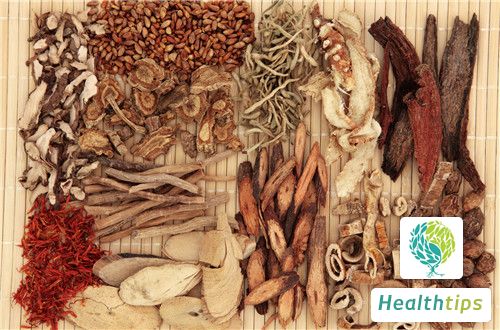Iris lactea root has the effect of treating throat obstruction. If there is urinary obstruction or hernia, Iris lactea root can also be used for treatment. In addition, it can also achieve good therapeutic effects for sore boils and abscesses, and has a certain role in the treatment of bone tuberculosis. When using Iris lactea root for different diseases, attention should be paid to the dosage and usage.

1. For treating throat obstruction: 30 grams of Iris lactea flower and 30 grams of Vitex negundo L. are ground into fine powder, 1 gram each time, taken several times a day, and taken with boiled water.
2. For treating urinary obstruction: 10 grams of Iris lactea flower, 10 grams of fennel, and 10 grams of Lepidium apetalum are ground into powder after being stir-fried. Take 6 grams each time, mixed with warm wine.
3. For treating hernia: 60 grams of Iris lactea flower (stir-fried with radish seeds), 45 grams of Melia toosendan fruit (stir-fried with tangerine kernel), 30 grams of Evodia rutaecarpa fruit (stir-fried with wine), and 6 grams of Aucklandia lappa root are ground into fine powder. Take 3-6 grams each time, mixed with yellow rice wine, and taken on an empty stomach.
4. For treating boils and abscesses: 6 grams of Iris lactea flower, 30 grams of dandelion, and 30 grams of Viola chinensis are decocted in water and taken once a day.
5. For treating bone tuberculosis: Iris lactea seeds are stir-fried in an iron pan, ground into powder, and taken with water three times a day, 5-7 grams each time. Children should take less. Additionally, 2 parts of the powder are mixed with 5 parts of Vaseline to form a topical ointment.
6. For contraceptive effect: 50 grams of Iris lactea seeds are crushed, mixed with 2 bowls of water, and boiled down to 1 bowl. Then add 250-500 grams of yellow rice wine, cook slightly, and divide the mixture into 6 portions. Take it twice a day for 3 consecutive days during menstruation.

